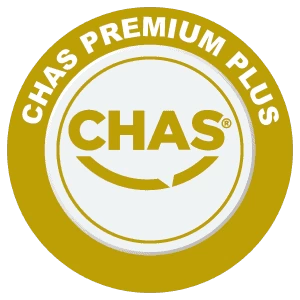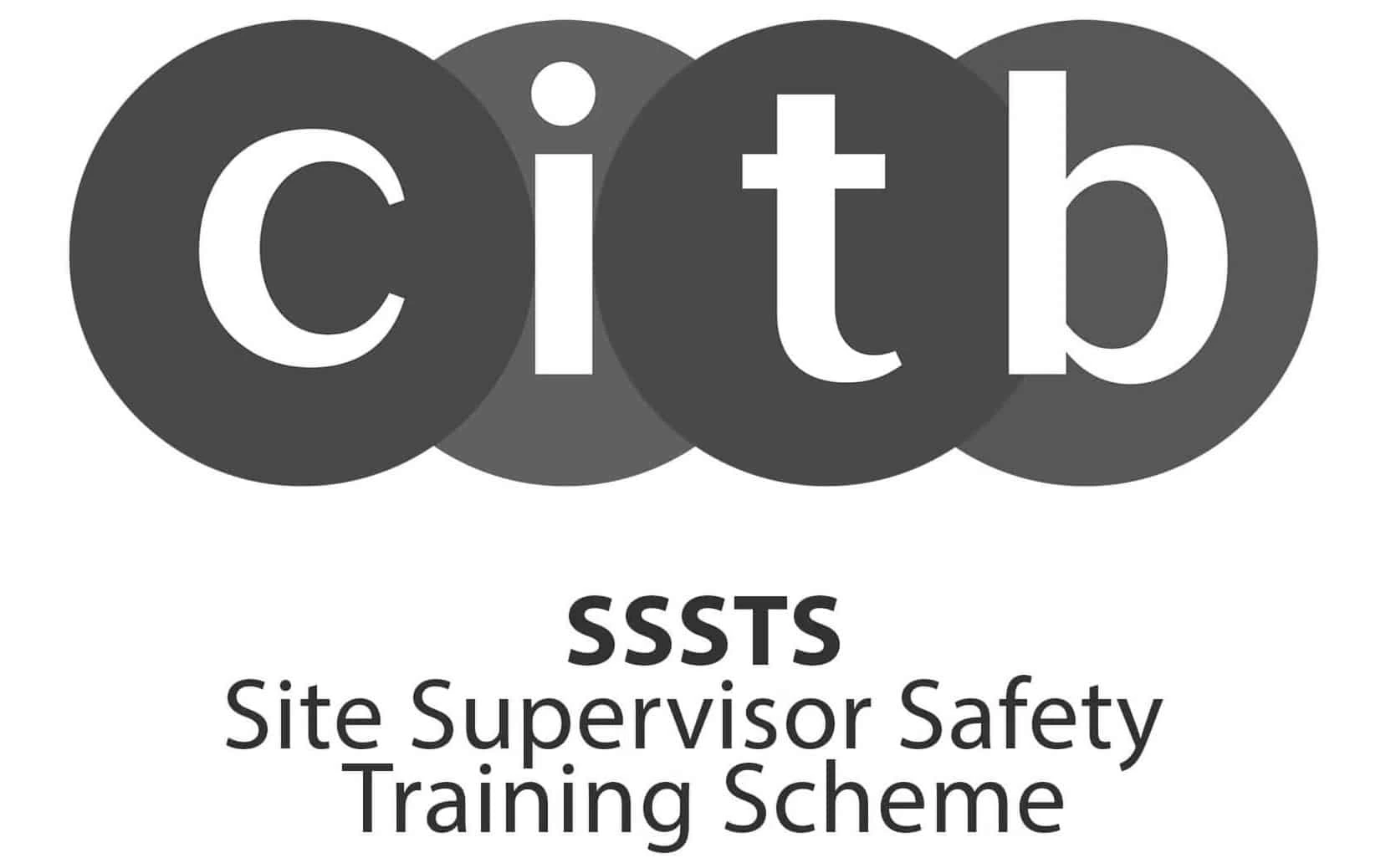Graffiti is the unauthorised marking of public or private property and encompasses a wide range of forms and expressions, from simple written words to elaborate wall paintings. While some may view it as a legitimate form of urban art and self-expression, under the Criminal Damage Act 1971, graffiti is considered a criminal offence in the UK.
This article will explore the best tried and tested graffiti removal methods used by professional cleaning contractors.
The Impact of Graffiti
Graffiti can take many forms, from small signatures or initials to large, colourful murals. These unauthorised markings not only degrade the exterior surfaces of buildings but also impose immense cost implications on property owners who must hire professional graffiti removal services.
Beyond physical and financial damage, graffiti can severely impact a business’s brand and reputation. A property marred by graffiti can create a perception of neglect and insecurity, deterring potential customers and clients.
The Best Graffiti Removal Methods
At Real Cleaning, we have been removing graffiti from private and public properties for 26 years and are well-versed in the best methods for the job. We use several tried and tested removal techniques depending on the type of graffiti and the affected surface, including:
Dry Ice Blasting
Dry ice blasting is an advanced graffiti removal method that uses dry ice (solid carbon dioxide) pellets as the blasting material. These pellets are accelerated in a pressurised air stream and directed at the surface to be cleaned. When the dry ice pellets strike the graffiti, they rapidly sublimate (turn from solid to gas), causing the paint to contract and become brittle. This shock weakens the bond between the graffiti paint and the underlying surface, lifting the paint off without damaging the substrate.
This advanced removal method offers numerous advantages, including:
- Non-Abrasive: Unlike sandblasting or abrasive methods, dry ice blasting does not wear down or erode the underlying surface, preserving its integrity. This makes it ideal for delicate surfaces, historic buildings, and materials prone to damage.
- Environmentally Friendly: Dry ice blasting produces no secondary waste because the dry ice sublimates completely. There are no solvents or chemicals involved.
- Effective on Various Surfaces: It can be used on various surfaces, including brick, stone, metal, glass, and wood.
- Minimal Cleanup: Since the dry ice pellets vaporise upon contact, minimal cleanup is required after removing graffiti.
Dry ice blasting is a powerful, efficient, and environmentally friendly method for graffiti removal. Its ability to clean without damaging surfaces makes it an excellent choice for preserving the integrity of various materials.
Pressure Washing
Pressure washing uses high-pressure water jets (1,500 to 4,000 PSI) to blast graffiti from surfaces. This method works well on most types of graffiti, including spray paint and markers, particularly when the paint has not profoundly penetrated the surface. The advantages of pressure washing include:
- Efficiency: Pressure washing is a quick and efficient method for tackling large areas.
- Eco-Friendly: It only uses water, making it an environmentally friendly option without chemical additives.
- Ideal for Hard Surfaces: Pressure washing is best suited for hard, durable surfaces such as concrete, brick, stone, and metal. It is less effective on softer materials like wood or surfaces with loose or flaky paint.
- Chemical-Free: This method avoids potentially harmful chemicals, reducing the risk of environmental contamination and health hazards.
Abrasive Blasting
Also known as sandblasting, abrasive blasting involves propelling abrasive materials such as sand and fine glass beads at high speed against a surface to remove graffiti. The abrasive particles effectively wear away the paint and other materials from the substrate. The advantages of abrasive blasting include:
- Effectiveness: Extremely effective in removing tough graffiti from hard surfaces.
- Surface Preparation: Abrasive blasting smooths surfaces and removes graffiti, preparing them for repainting or sealing.
- Speed: Rapidly cleans large and heavily defaced areas.
This method is ideal for hard, porous surfaces like brick, concrete, and stone and is highly effective on tough, well-bonded graffiti, including multiple layers of paint. However, abrasive blasting is unsuitable for softer materials or surfaces like sandstone or wood.
Chemical Removal
Chemical removal involves applying specialised solvents, detergents, or gels to the graffiti-covered surface. These chemicals break down the paint or ink, making it easier to wash or blast away. The advantages of chemical graffiti removal include:
- Versatile: It is suitable for many surfaces, including brick, concrete, metal, glass, and some painted or coated surfaces.
- Effective: Effective on various types of graffiti, including spray paint, markers, and adhesives like stickers or posters.
- Precision: Allows for targeted application, making it easier to treat specific areas without affecting the surrounding material.
Chemical graffiti removal can be hazardous to health and the environment, requiring careful handling. It should only be used when other removal methods have been exhausted.
Preventative Anti-Graffiti Paint
As they say, prevention is better than cure. Preventative measures are crucial in the fight against graffiti. After we remove graffiti, we can apply anti-graffiti paint to surfaces to create a protective barrier that prevents paint and markers from adhering correctly. These coatings make future graffiti removal much easier, as the graffiti can often be wiped away without extensive cleaning.
What’s the Best Graffiti Removal Method?
Selecting the best graffiti removal method depends on several factors, including the type of surface, the nature of the graffiti, and environmental and safety considerations. Generally, a combination of methods yields the best results.
Seek Professional Help
Removing graffiti might seem straightforward, but it often requires extensive knowledge and specialised equipment to do it effectively and safely. We have the expertise to assess the type of graffiti and identify the best removal method without damaging the underlying surface.
By relying on us for professional graffiti removal services, you can ensure graffiti is removed safely, efficiently, and in a manner that preserves the integrity of your property. Find out more about our graffiti removal services or request a quote.

















